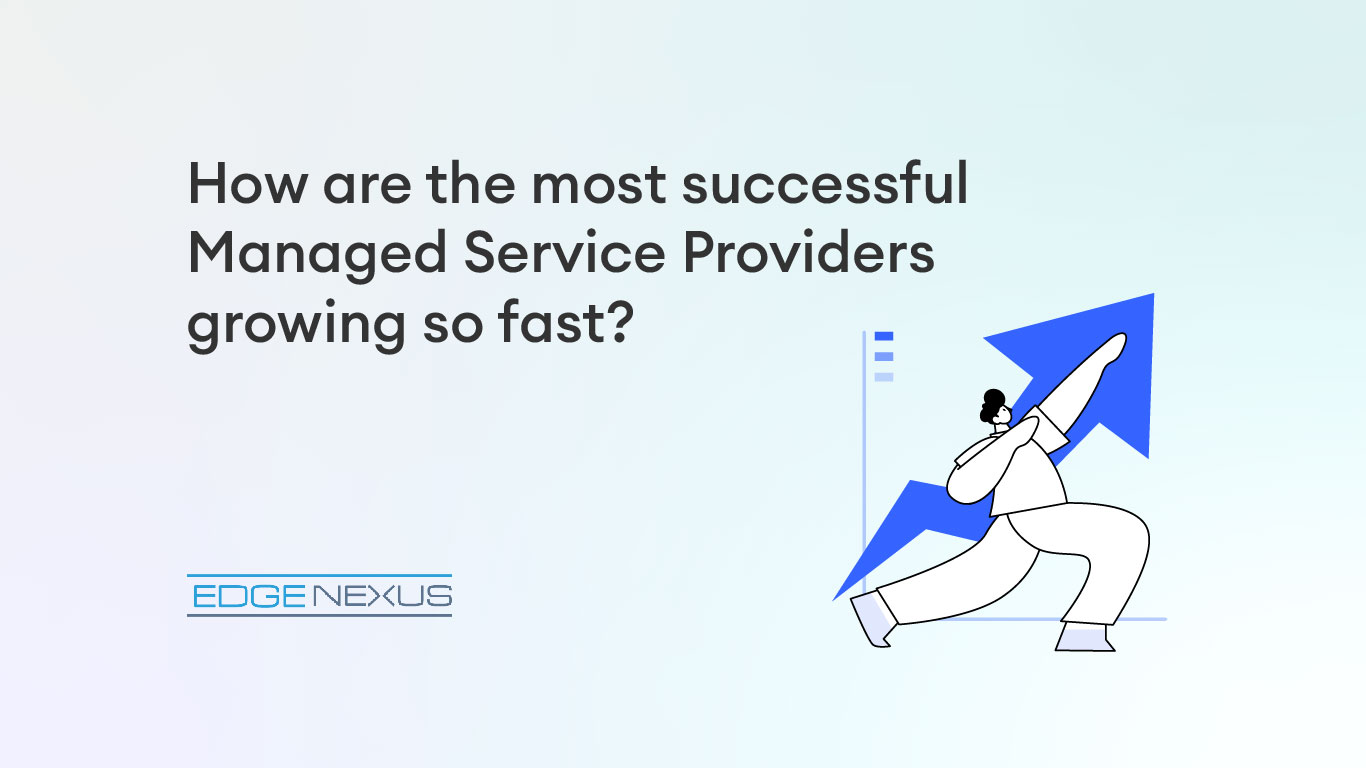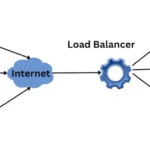The growth in cloud and remote working is seeing a cabal of mega-providers appearing among a market full of MSPs trying to appeal to various verticals, regions, and niches. Among all the hectic competition and the challenges of creating a compelling offering for end-user businesses, what is the key to success?
If a company asks “what is the best-managed service provider (MSP) for our business?” There are various ways of coming to an answer. Some businesses want their infrastructure managed, others their clouds, entire productivity operations, and increasingly, security.
Who’s No.1 in MSP?
Enterprises have long been told that you never got fired for going to IBM, and indeed, even in the 21st century, they continue to provide a compelling infrastructure MSP offering. Ranking No. 1 as the largest IT MSP provider. Note that IBM is planning to spin off its MSP service, which will happen in 2022, shaking up the landscape even further.
However, not every business needs a juggernaut like IBM in its corner, which is why the likes of Infosys and Cognizant are all billion-dollar businesses focused on the needs of the modern enterprise who can service companies large and small.
There are also plenty of lists highlighting the wide range of MSP services, some focused on specific sectors like aviation, regionally focused, or suitable for small businesses. Whoever is at the top of those lists, got there by executing their business strategy well. Some work with a single service provider to deliver a specific set of tools, others will pick and mix from the best available services, be it Google, Slack, Teams, McAfee, Kubernetes, or Amazon AWS to deliver what companies need.
For MSPs that is by creating a repeatable business offering with enough flexibility to attract a variety of clients, generating enough revenue to drive expansion and keep winning new business, building a stronger sales force, and delivering on the latest IT requirements for their customers.
How to win at being a good MSP?
The route to success for many tech companies is in building momentum through a reputation for good service. One customer becomes two, becomes four, becomes eight, becomes 64, becomes 128, etc. To maintain that growth the MSP needs the resources to keep all those customers happy and deliver what they need.
To attract those customers they need marketing messages that attract the attention of the right people among their target audience, be that local firms, those in the health sector, and so on. A strong mix of sales and marketing builds awareness. And when the happy customers start spreading the word, through success stories, case studies, and white papers, as well as direct recommendations, a groundswell of business opportunity grows.
Operationally, the key elements of an MSP’s business strategy are working to improve the customer experience day after day. Delivering a service is fine, but making it better, easier to use, and solving a customer’s pain points as they arise are all part of building a strong relationship that increases trust and is likely to boost spending and wallet share.
That can be said for many technology firms, but for MSPs, there is also the need to show that they can deliver services that businesses need today, in 2022 and into 2025 and beyond, as a valuable business partner, not just someone linking a few cloud services together.
During COVID, many MSPs earned their stripes by supporting efforts to get staff remote working and improving IT security. Other MSP initiatives include delivering on green initiatives that many businesses want to benefit from and promote – all of which helps to highlight the value and beyond-IT value of an MSP and its services.
As the nature of IT changes, new technologies also need explaining and providing to end-users. For example, everyone may have an idea of what AI can do for a business, but few understand the actual deliverables. Traditionally complex IT subjects like networking are also being replaced by services like load balancers, which are easier to manage and ensure application uptime and availability (which sounds far cooler).
Introducing these services as value-additive benefits play a key part in how MSPs can grow and improve their appeal to existing and new customers. Strong MSPs do not rest on their history or current services, they are always planning into the future to deliver strong organic and through partnerships with technology firms or acquisitions to drive future revenues.






